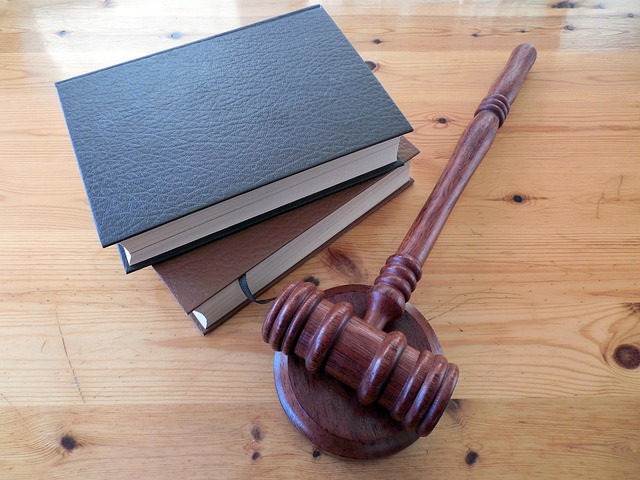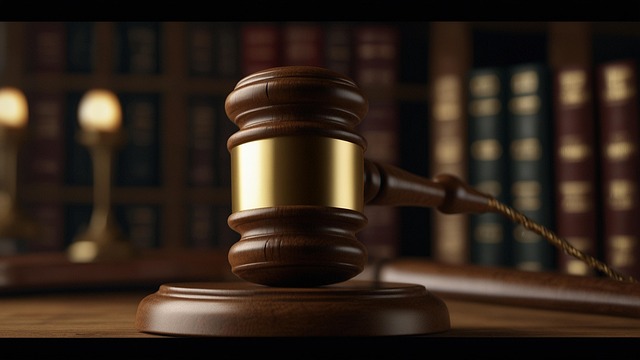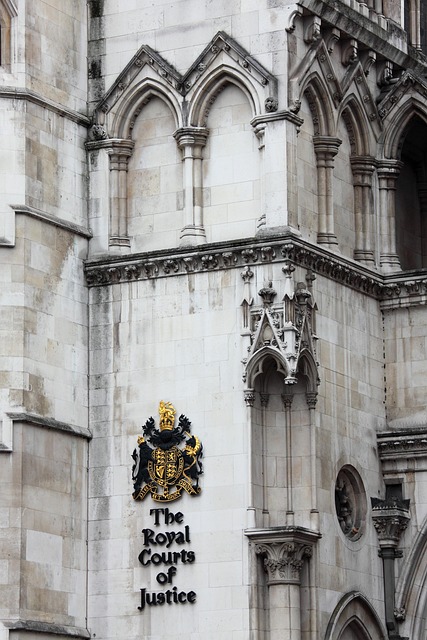For a successful injury lawsuit filing, gathering essential evidence, understanding local laws, and consulting an experienced attorney are key steps. This involves documenting injuries with photos, collecting medical records, witness statements, and reviewing policy documents. An attorney provides tailored legal advice, assesses case strength, navigates procedures, and helps secure a fair settlement or trial verdict. Researching statutes of limitations, court processes, and relevant case law is crucial for developing a robust strategy from the beginning.
“Navigating an injury lawsuit can be complex, but a clear timeline and strategic approach can lead to success. This comprehensive guide outlines a step-by-step process for filing an effective injury lawsuit. From initial evidence gathering and legal consultation to understanding statutes of limitations, preparing complaints, and building a strong case, each phase is detailed for your convenience. By following these steps, you’ll be well on your way to securing justice and compensation for your injury.”
- Gathering Evidence and Consulting a Lawyer
- – Identifying and documenting evidence relevant to the injury
- – Researching local laws and regulations related to personal injuries
Gathering Evidence and Consulting a Lawyer

After ensuring you meet the statute of limitations for your injury lawsuit filing, the next crucial step is gathering evidence and consulting a lawyer. This phase involves meticulously documenting every detail related to your case. Photograph any injuries, collect medical records detailing your treatment and prognosis, and gather witness statements from individuals who observed the incident. Additionally, review your policy documents, including homeowner insurance claims or product liability coverage, to understand the financial protections available to you.
A seasoned attorney will help navigate this process by providing legal advice tailored to your situation. They’ll assess the strength of your case, discuss potential outcomes, and guide you through the legal procedures required for successful injury lawsuit filing. With their expertise, you can maximize your chances of securing a fair accident settlement or trial verdict.
– Identifying and documenting evidence relevant to the injury

Identifying and documenting evidence relevant to an injury is a crucial step in preparing for an injury lawsuit filing. This process begins with gathering all medical records related to the incident, including initial diagnoses, treatment plans, hospital stays, and any ongoing rehabilitation. Additionally, photographs of the scene where the accident occurred, as well as any visible injuries or damage, can serve as compelling visual evidence. Statements from witnesses who saw the event unfold are also invaluable; these accounts can corroborate your version of events and strengthen your case.
For cases involving slip and fall injuries, for instance, it’s essential to document the conditions that led to the accident, such as uneven flooring or missing handrails. An accident lawyer can guide you in collecting this evidence effectively, ensuring everything is properly preserved and organised. This thorough documentation not only helps build a compelling narrative but also provides concrete proof to support your injury lawsuit filing.
– Researching local laws and regulations related to personal injuries

Understanding local laws is a crucial step in navigating an injury lawsuit filing. Every jurisdiction has its own set of rules and regulations regarding personal injuries, from negligence to compensation. Potential plaintiffs must familiarize themselves with these legal frameworks to ensure their case aligns with the required standards. This includes researching statutes of limitations—the period within which legal action must be initiated after an injury occurs—and the specific procedures for filing a lawsuit in their court system.
Knowing the local laws also involves studying precedents and case law related to similar injuries. For instance, understanding how courts have interpreted and applied laws in auto accident cases or contract/insurance disputes can significantly impact the outcome of your own suit. This step demands diligence and attention to detail to ensure a solid legal strategy from the outset.
A successful injury lawsuit filing requires a well-planned strategy. By meticulously gathering relevant evidence, documenting your experiences, and understanding local legal frameworks, you set the foundation for a compelling case. This step-by-step approach ensures that when you consult with an experienced attorney, you’re armed with the necessary tools to navigate the legal process effectively and achieve the justice you deserve.






